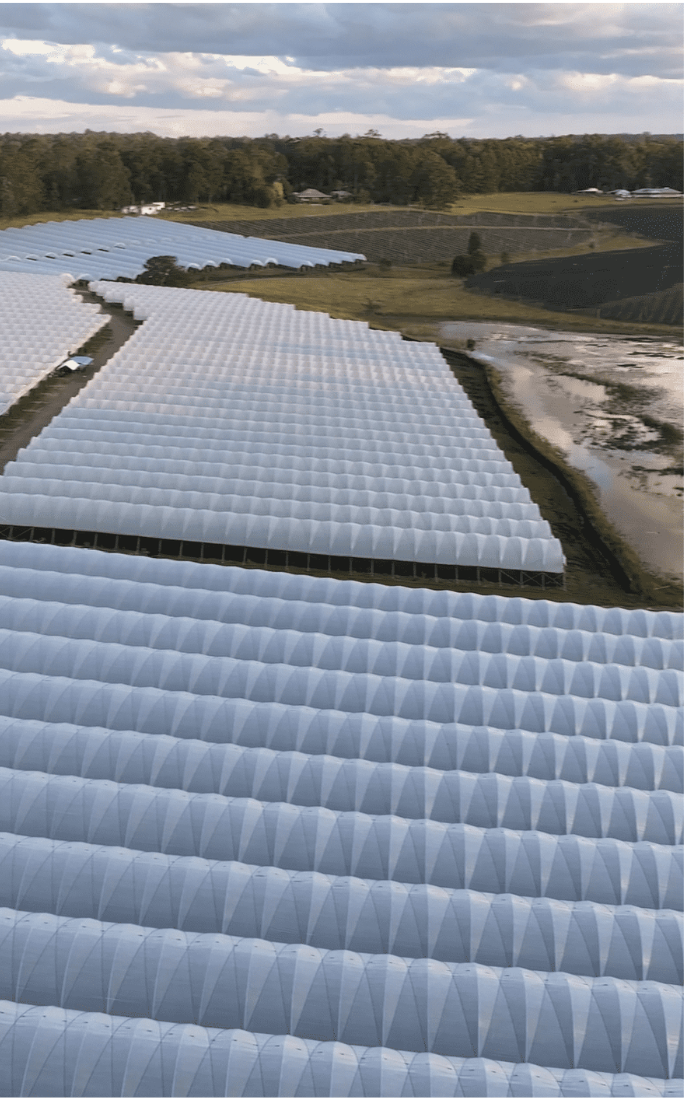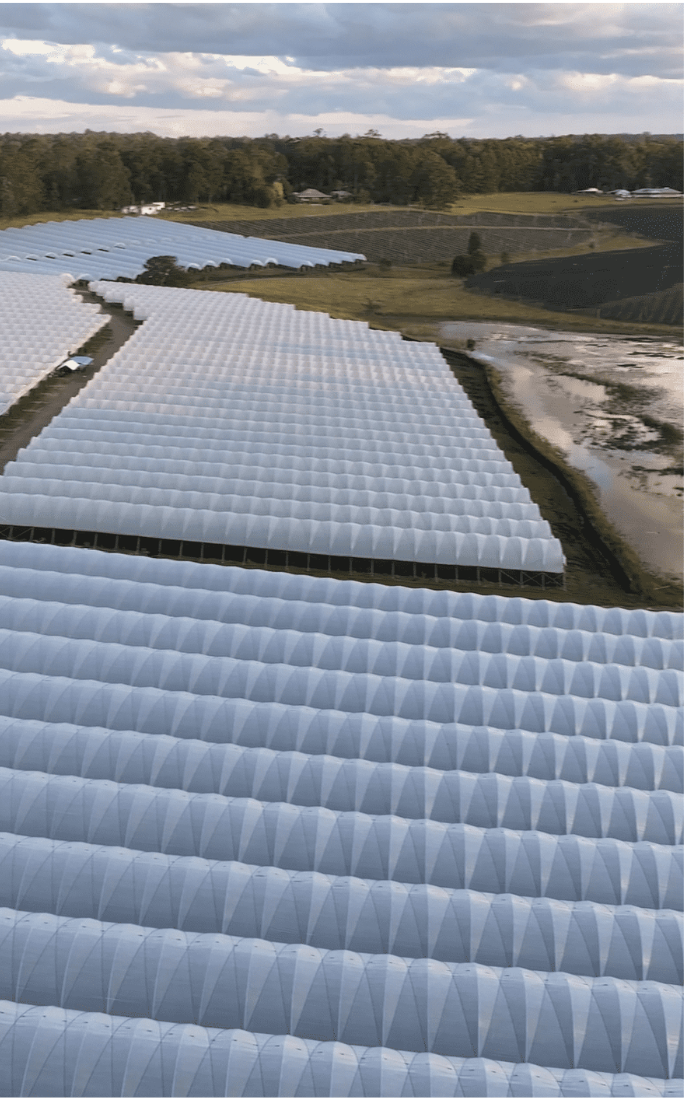What is a Hydroponic Greenhouse?
A hydroponic greenhouse is a controlled environment where plants are grown without soil, using nutrient-rich water solutions. This setup allows for precise control over environmental conditions such as temperature, humidity, light, and nutrients. The greenhouse structure itself protects plants from extreme weather conditions, pests, and diseases, making it an ideal solution for sustainable agriculture.
Advantages of Hydroponic Greenhouses
Resource Efficiency: Hydroponic systems use up to 90% less water than traditional soil-based agriculture. This is because the water in a hydroponic system is recirculated, significantly reducing waste. Additionally, nutrients are delivered directly to the plant roots, ensuring minimal loss and optimal absorption.
Higher Yields: Plants grown in hydroponic greenhouses often exhibit faster growth rates and higher yields compared to those grown in soil. The controlled environment allows for multiple growing cycles per year, as conditions can be manipulated to suit the needs of various crops throughout different seasons.
Space Utilization: Hydroponic systems can be designed vertically, allowing for more efficient use of space. This is particularly beneficial in urban areas or regions with limited arable land. Vertical farming within hydroponic greenhouses can maximize production in small footprints.
Environmental Control: The ability to control environmental factors means that plants can be grown year-round, regardless of external weather conditions. This stability not only ensures consistent crop production but also reduces the risk of crop failure due to adverse weather.
Pest and Disease Management: The enclosed nature of greenhouses provides a barrier against many pests and diseases. Additionally, hydroponic systems often use sterile growing mediums, further reducing the likelihood of plant diseases that are commonly spread through soil.
Types of Hydroponic Systems
Several hydroponic systems can be integrated into greenhouses, each with its unique advantages:
Nutrient Film Technique (NFT): This system involves a thin film of nutrient-rich water flowing over the roots of plants. It is efficient and widely used for growing leafy greens and herbs.
Deep Water Culture (DWC): In DWC systems, plant roots are suspended in nutrient-rich water, with oxygen supplied through air pumps. This method is known for its simplicity and effectiveness in growing larger plants like tomatoes and peppers.
Drip Systems: These systems deliver a slow, steady drip of nutrient solution directly to the plant roots. Drip systems are versatile and can be used for a wide variety of crops.
Aeroponics: In aeroponic systems, greenhouse builders plant roots are suspended in the air and misted with a nutrient solution. This method maximizes oxygen exposure to the roots, promoting rapid growth.
Challenges and Future Prospects
Despite its many advantages, hydroponic greenhouse farming does come with challenges. Initial setup costs can be high due to the need for specialized equipment and technology. Additionally, the systems require constant monitoring and management to ensure optimal conditions.
However, advancements in automation and artificial intelligence are making these systems more accessible and easier to manage. With the growing emphasis on sustainable agriculture and the need to feed an increasing global population, hydroponic greenhouses are poised to play a crucial role in the future of food production.






Comments